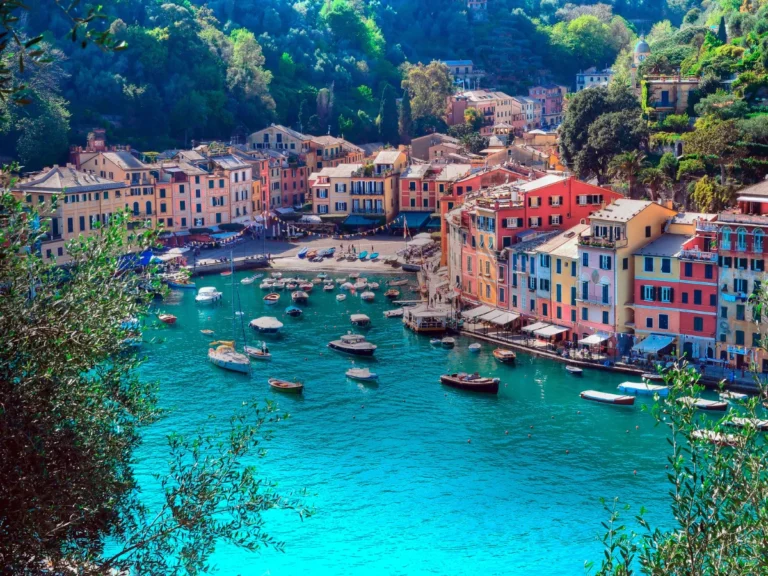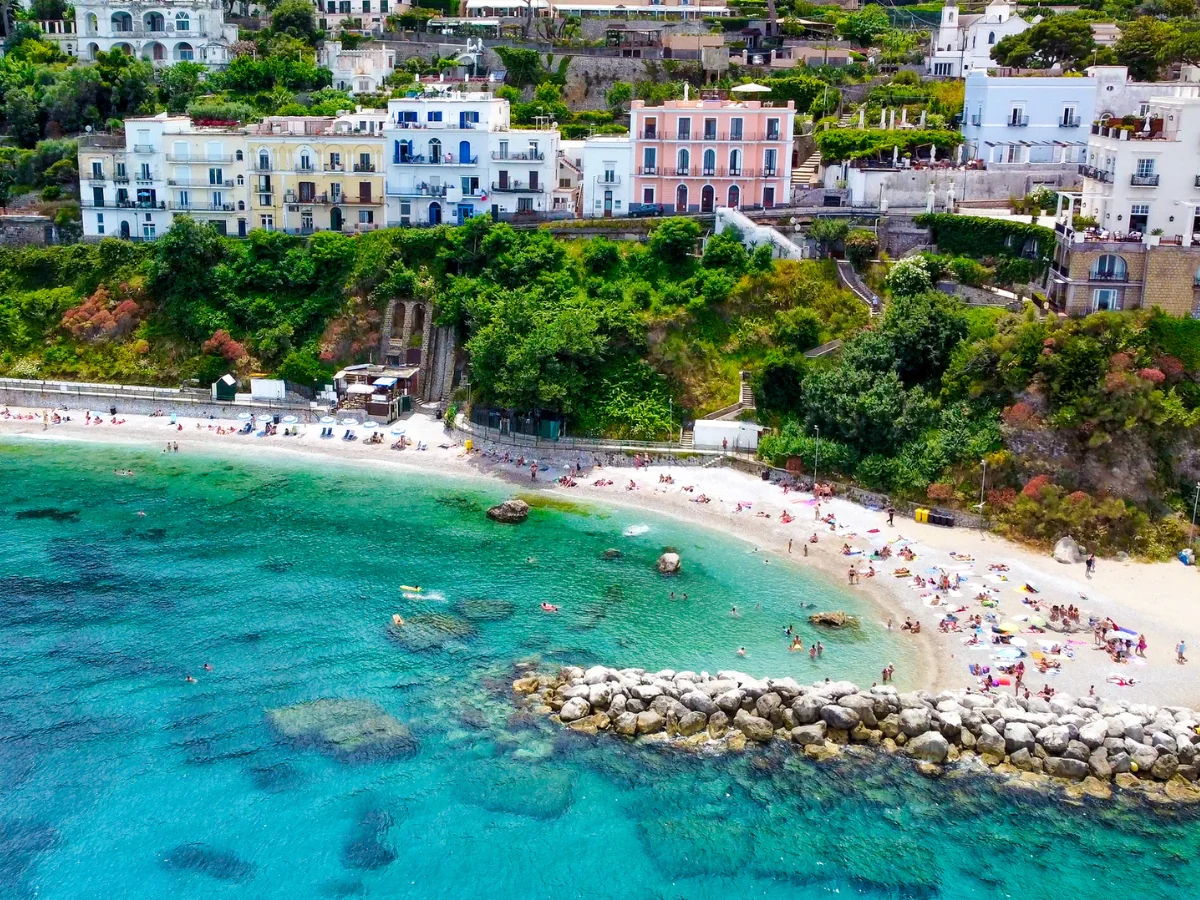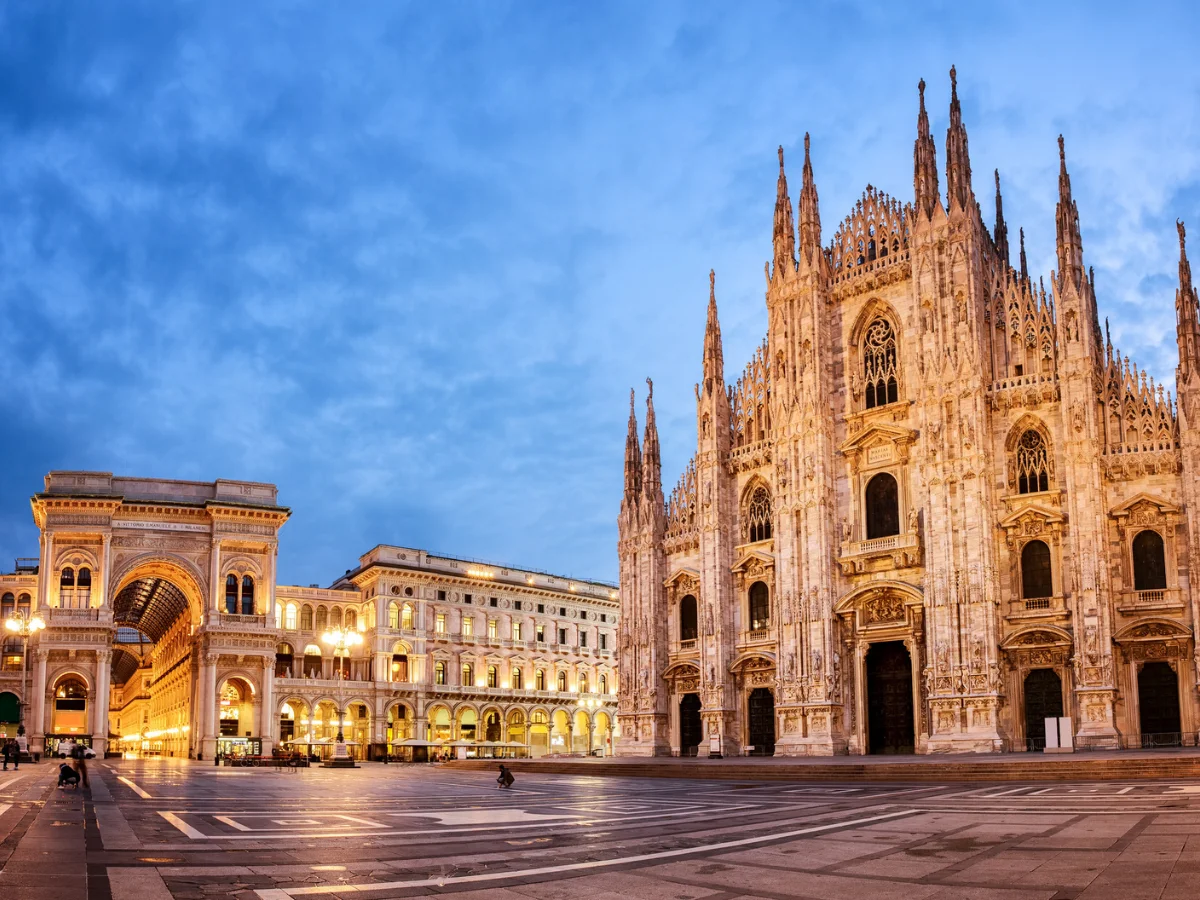The Second Punic War
The Second Punic War, spanning from 218 to 201 BC, showcased Hannibal’s daring campaign and Rome’s resilience. Battles like Trebia, Lake Trasimene, and Cannae highlighted Hannibal’s tactical brilliance. However, Roman victories at Metaurus and Zama led to Hannibal’s eventual defeat. Transitionally, the war reshaped the balance of power in the Mediterranean. Ultimately, Rome emerged triumphant, solidifying its dominance and paving the way for its rise to empire. Hannibal’s legacy endures as a symbol of military prowess, while Rome’s victory marked a pivotal moment in ancient history.

Ancient Rome: The Second Punic War
Introduction: Prelude to Conflict
The Second Punic War was ignited by Hannibal’s audacious crossing of the Alps into Italy, aiming to challenge Rome’s dominance in the Mediterranean.
Battle of Trebia (218 BC): Hannibal’s Tactical Brilliance
At Trebia, Hannibal executed a surprise ambush, defeating the Roman forces through strategic maneuvers and superior tactics.
Battle of Lake Trasimene (217 BC): Devastating Roman Defeat
Hannibal’s forces achieved another decisive victory at Lake Trasimene, where they ambushed and annihilated a Roman army led by Consul Flaminius.
Battle of Cannae (216 BC): Hannibal’s Tactical Masterpiece
Cannae witnessed one of Rome’s most devastating defeats as Hannibal employed a double envelopment strategy, encircling and annihilating a massive Roman army.
Battle of Nola (216 BC): Roman Resistance
At Nola, despite Roman efforts to resist Hannibal’s advance, the battle ended inconclusively, showcasing Rome’s determination to continue the fight.
Battle of Metaurus (207 BC): Roman Victory
The Battle of Metaurus marked a turning point as Roman forces, under the leadership of Hasdrubal’s defeat, thwarted Carthaginian reinforcements, weakening Hannibal’s position in Italy.
Battle of Zama (202 BC): Final Showdown
Zama witnessed the showdown between Hannibal and Roman general Scipio Africanus. Despite Hannibal’s tactical brilliance, Scipio’s innovative strategies led to a decisive Roman victory.
Conclusion: Hannibal’s Legacy and Rome’s Triumph
The Second Punic War showcased Hannibal’s daring campaign and tactical genius, challenging Rome’s supremacy. However, despite initial setbacks, Rome’s resilience and determination under leaders like Scipio Africanus led to victory. The war solidified Rome’s dominance in the Mediterranean and reshaped the balance of power in the ancient world. Hannibal’s legacy endures as a symbol of military prowess, while Rome’s triumph marked a pivotal moment in its rise to empire.



